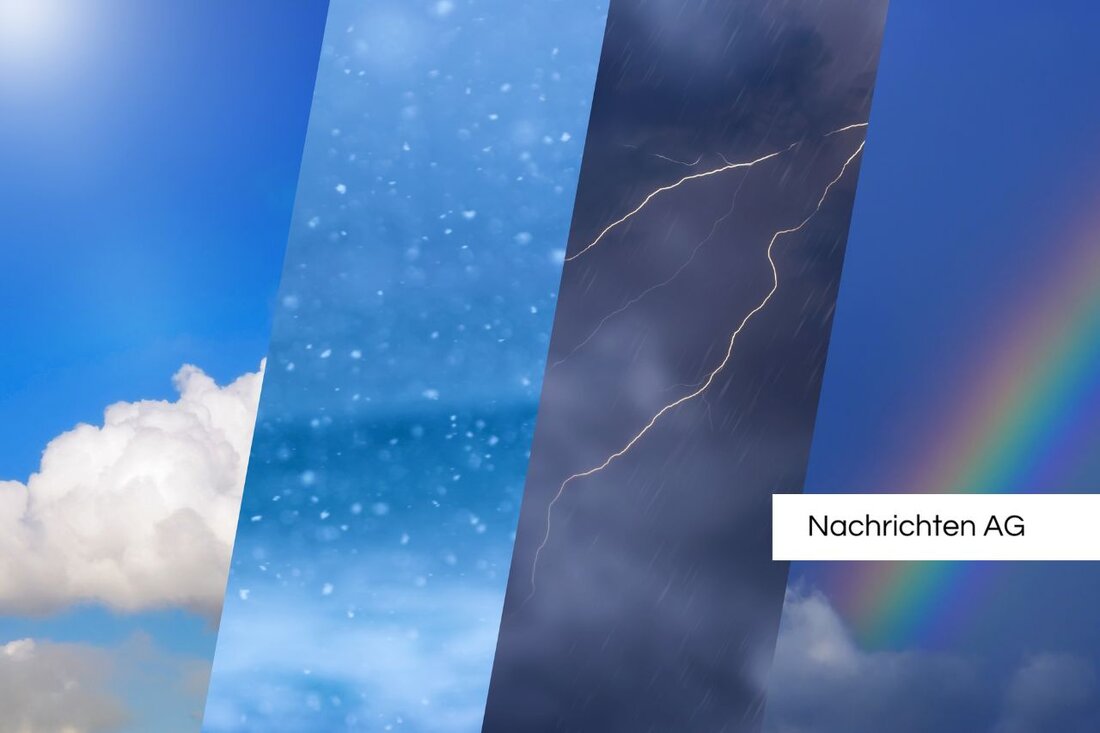Berlin in drought: Spree only carries half as much water – what now?
Find out everything about the current weather conditions, water supply and groundwater levels in Brandenburg on June 16, 2025.

Berlin in drought: Spree only carries half as much water – what now?
Last week, people in Berlin and Brandenburg could expect temperatures of over 30 degrees. But now there are signs of a change in the weather. At the beginning of the week, thundery weather broke in, temporarily dampening summer temperatures. However, this drop in temperature is also raising concerns about water levels in the region. In several places the Spree only carries around half the usual amount of water, which has a worrying effect on the surrounding area. Loud Berlin Live The inflow of the Müggelspree, the Oder-Spree Canal and the Dahme is even 45 percent below the long-term average.
The current water situation is not an isolated case. In the last few weeks we have repeatedly heard of “low to extremely low groundwater levels” in districts such as Moabit and Tiergarten. The reason for this is the below-average rainfall recorded in May. Despite average temperatures, around 30 percent less precipitation would have fallen so far in 2023, which dried out the soil to a depth of up to 80 centimeters. A recovery of the water supply would only begin when soil moisture reaches 90 to 100 centimeters. In view of this worrying situation, opposition representatives have demanded that Berlin and Brandenburg clearly agree on the water supply to the Spree due to the climate crisis and the ongoing lignite mining.
Berlin water portal and responsibility
With the Water Portal Berlin, the Senate Department for Water Management has created a platform that provides current and historical measurement data about surface water and groundwater in Berlin. These include not only hydrological measurements such as water levels and flow, but also hydrogeological data such as groundwater levels and chemical analyses. Users can access an API and easily download the data in CSV format.
However, the Senate Administration emphasizes that it cannot guarantee that the information is correct or up-to-date. The willingness to publish data remains, but the authority reserves the right to change or delete content at any time. Third party information is subject to the same disclaimers. This shows how important it is to centralize information about water quality and supply conditions in Berlin and make it accessible to the public, especially in times of climate change and associated challenges.
Water quality measurement data
Anyone who would like to find out more about water quality and hydrological conditions will find more than just basic values on the water portal website. The data includes temperature, electrical conductivity, pH and oxygen content of the water. Here you have the option of calling up individual values from the last 12 months as well as daily and monthly values, which provides a comprehensive overview of the water conditions. This detailed data is important to quickly respond to changes in water quality and to keep an eye on long-term trends that could be affected by the climate crisis and human impact.
Overall, the current situation in Berlin and Brandenburg clearly shows that responsibility for water supply in the region does not only lie with the authorities alone, but that all citizens must also develop an awareness of the importance of water. The coming weeks will show how the summer will develop and whether the announced measures to improve the water supply can bear fruit.

 Suche
Suche
 Mein Konto
Mein Konto